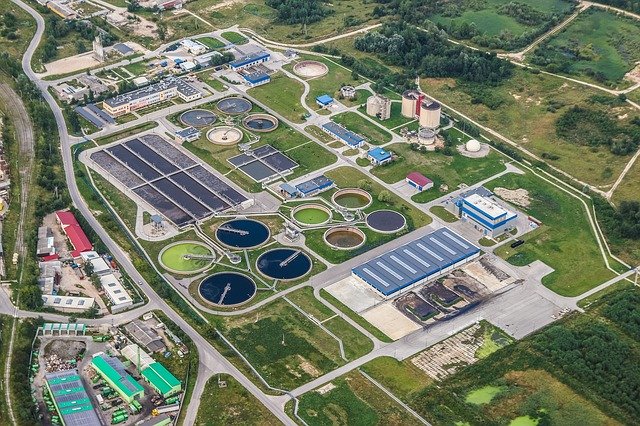"The three common ‘disposal’ options for getting rid of PFAS do not eliminate these contaminants but rather end up just returning either the same chemicals or their byproducts back into the environment," says Tasha Stoiber, Ph.D., EWG senior scientist and primary author of the study. "PFAS disposal is really just another step in the contamination cycle."
Communities with contaminated water supplies increasingly look to PFAS treatment technologies, but every technology produces PFAS-laden waste. With current disposal options, the concentrated PFAS likely returns to the environment, to require removal once more. As the need to dispose of this waste grows, handling of PFAS waste at disposal sites has received more scrutiny.
Contamination moves from site to site
PFAS are discharged by industrial facilities, released by airports and military bases using PFAS-containing firefighting foams, and sent to landfills or flushed down drains following their use in a multitude of consumer products. Vast stores of legacy firefighting foam are being sent to incinerators that are suspected of spreading the contamination to local communities. In the absence of federal regulations, PFAS receive no special treatment during the disposal process. There is no requirement to monitor for PFAS in waste streams. Contamination moves from site to site as a result, contributing to the ever-increasing list of contaminated communities.
Mapping the full PFAS contamination cycle, including what happens after disposal, is of critical importance. PFAS are called "forever chemicals" because they never break down in the environment and could move through the cycle indefinitely. These chemicals might suppress the immune system and are associated with cancer, reproductive and developmental harms, and reduced effectiveness of vaccines, among other health problems.
"The disposal of PFAS can cause environmental pollution, which disproportionately affects people and communities near the waste disposal sites," says Olga V. Naidenko, Ph.D., vice president for science investigations at EWG. "States, the EPA and waste management companies must take strong action to protect fence-line communities from harmful exposures to PFAS."
The paper concludes with six measures for addressing the PFAS problem:
- Limiting the use of PFAS to essential applications in order to reduce industrial discharges.
- Protecting the health of fence-line communities through strong public health policies.
- Capturing all liquid wastes from landfills and keeping them on site.
- Monitoring PFAS contamination at and near disposal sites.
- Researching PFAS incineration to address current data gaps.
- Researching advanced remediation technologies to generate new waste management solutions.
The paper is available here.
Text source: EWG







